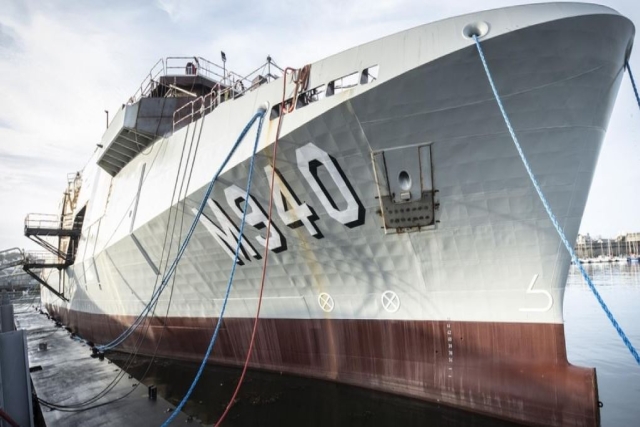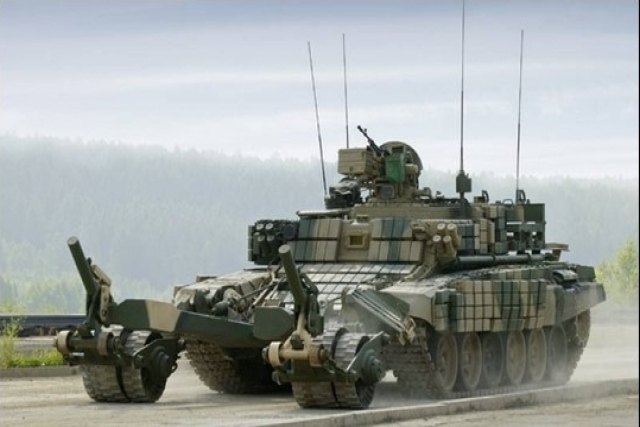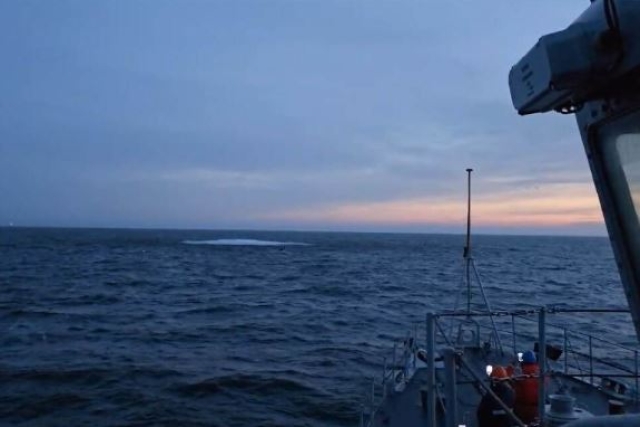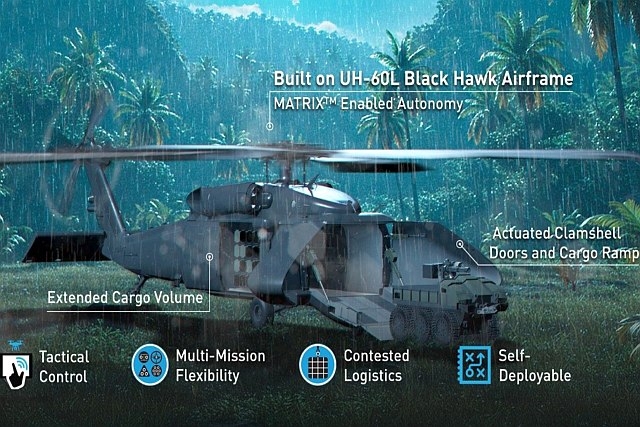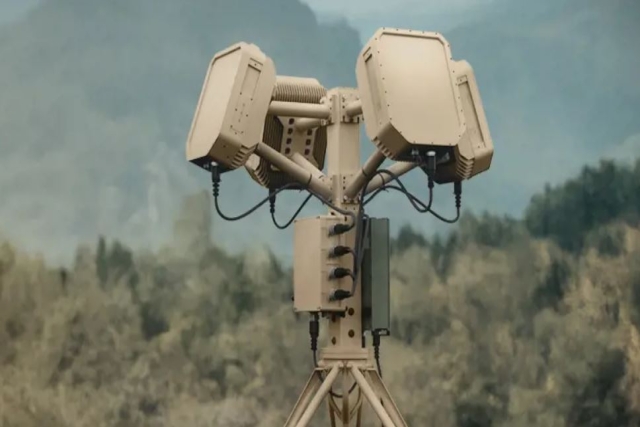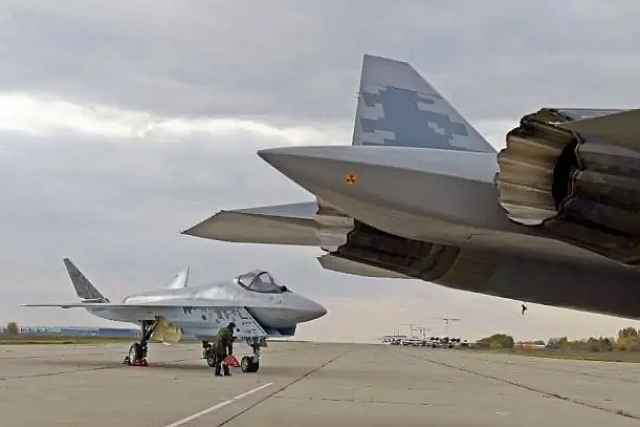Royal Navy Utilizes Small Warships for Autonomous Mine Hunting Operations
During NATO’s Baltops 24 exercise, the Royal Navy deployed P2000 patrol vessels for autonomous mine hunting operations for the first time.
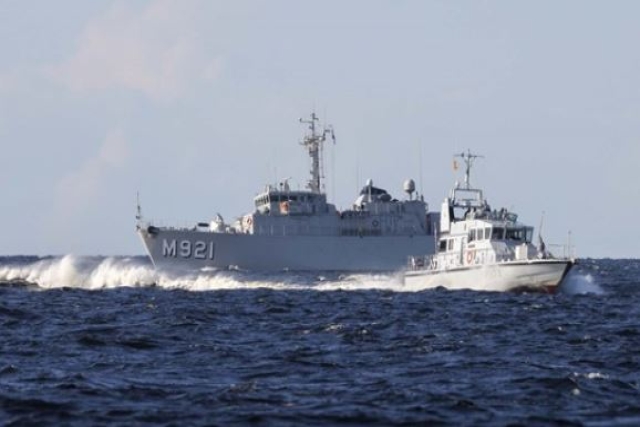
The Royal Navy deployed its smallest warships, the P2000 patrol vessels, as platforms for autonomous mine hunting operations for the first time during NATO’s Baltops 24 exercise.
Seven P2000 patrol vessels from the Coastal Forces Squadron participated in Baltops 24, a multinational exercise involving 50 ships, numerous aircraft, and 9,000 personnel from 20 nations. Among these vessels, HMS Puncher and Pursuer hosted experts from Zulu Squadron of the Mine and Threat Exploitation Group. The squadron introduced autonomous mine hunting equipment, including the IVER 3 Autonomous Vehicle, which operates independently, scanning the seabed with its sonar to identify potential mines and a Video Ray Defender remotely operated vehicle which sends a live stream back to the operator to safely find potential mines on the sea bed.
Operating in the Gulf of Riga near Latvia's capital, the Zulu Squadron effectively surveyed 620,000 square meters of an historic minefield in just two days. This area is more than 40 times the size of a Wembley pitch.
Many of the Baltic’s waterways were mined heavily in both World Wars, while ammunition and ordnance was also disposed of after the conflicts had ended.
Only last year it was reported that 80,000 mines and other unexploded remnants lurk on the seabed, making it a key focus of allied navies to make the Baltic Sea safer.
Beyond mine hunting, the P2000s participated in simulated enemy operations against larger warships and supporting U.S. forces in Survival, Evasion, Resistance and Escape (SERE) techniques. The ships delivered SERE teams on to land, working with U.S. aircraft and Lithuanian patrol vessels, to find and rescue downed aircrew.
P2000s can operate alone and often do, but were split into two task groups after deploying in May for Baltops: HMS Explorer, Express, Puncher and Pursuer all focused on the area near Latvia, while Archer, Ranger and Example were near to Sweden.
Operating in groups allows crews to support each other in logistics and planning.
Their craft – 68ft long, displacing a mere 54 tonnes and with a crew of just five – perform an increasingly wide-ranging role delivering operational tasks in UK waters and beyond.
